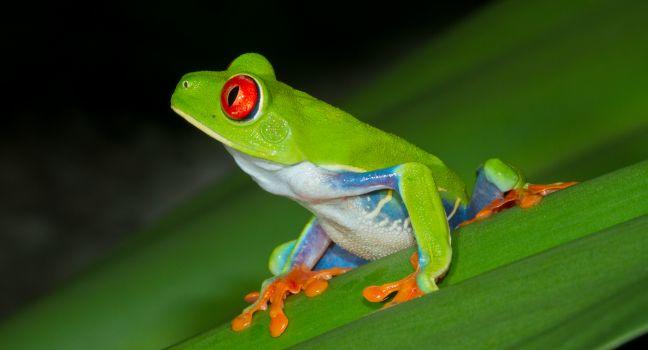La Selva Biological Station
At the confluence of the Puerto Viejo and Sarapiquí rivers, La Selva packs about 700 bird species, 700 tree species, and 500 butterfly species into just 15 square km (6 square miles). Sightings might include the spider monkey, poison dart frog, agouti, collared peccary, and dozens of other rare creatures. Extensive, well-marked trails and swing bridges, many of which are wheelchair accessible, connect habitats as varied as tropical wet forest, swamps, creeks, rivers, secondary regenerating forest, and pasture. The site is a project of the Organization for Tropical Studies (OTS), a research consortium of 63 U.S., Australian, South African, and Latin American universities, and is the oldest of three biological stations OTS operates in Costa Rica. (OTS also operates one research station in South Africa.) To see the place, take an informative three-hour morning or afternoon nature walk with one of La Selva's bilingual guides, who are among the country's best. Walks start every day at 8 am and 1:30 pm. For a completely different view of the forest, set off on a guided two-hour walk at 5:45 am or the night tour at 7 pm. If you get at least seven people together, you can enroll in the daylong Bird-Watching 101 course, which can be arranged anytime for $80 per person; if you have at least six, you can tag along with one of the resident research scientists for a half day. Young children won't feel left out either, with a very basic nature-identification course geared to them. Even with all the offerings, La Selva can custom-design excursions to suit your own special interests, too. Advance reservations are required for the dawn and night walks and any of the courses.




